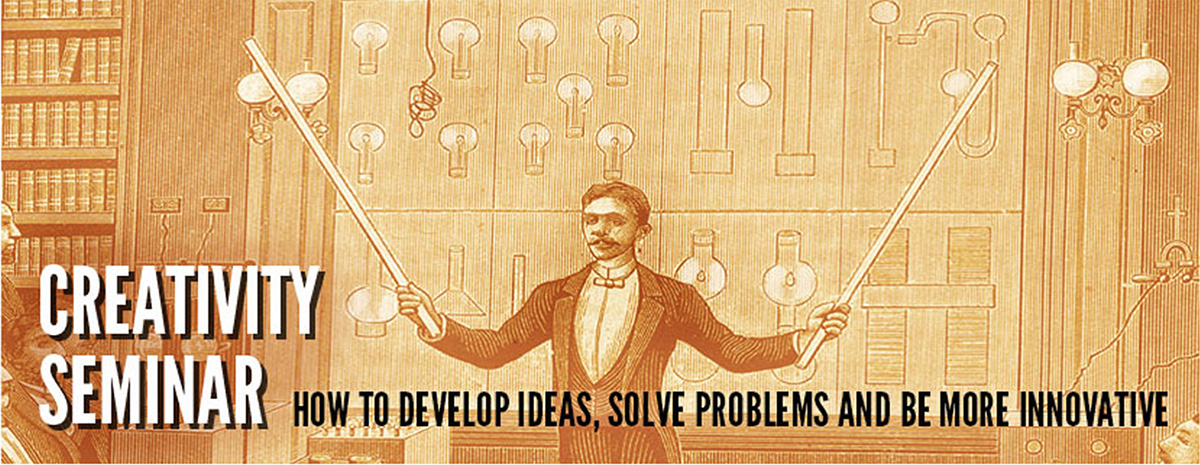Now, Kelly receives a reply of "Yes, And" from Dartmouth College Professor Peter Robbie who ponders whether improv comedians might even make great design thinkers.
From an article in the Winter 2010 issue of Dartmouth Engineer by Elizabeth Kelsey:
"At Thayer School’s MacLean Engineering Sciences Center, Professor Robbie’s Design Thinking course is “...a class on improv as a tool for brainstorming,” he explains. “I’ve always thought that the quickest and smartest folks at the brainstorming phase of design have been those who do standup and improv.Full article here.They never say no. They never miss a beat. Improv requires players to accept what they are given, build on the ideas of others, and encourage wild ideas.”
"Using improv to get students comfortable with brainstorming is a case in point. “Everyone thinks that they know how to brainstorm, but in fact, brainstorming is usually plagued by problems like self-censoring, competitiveness, and ridicule,” says Robbie. “Improv is a great way for students to learn to defer judgment.”
Dartmouth Professor Peter Robbie (Photograph by John Sherman)


